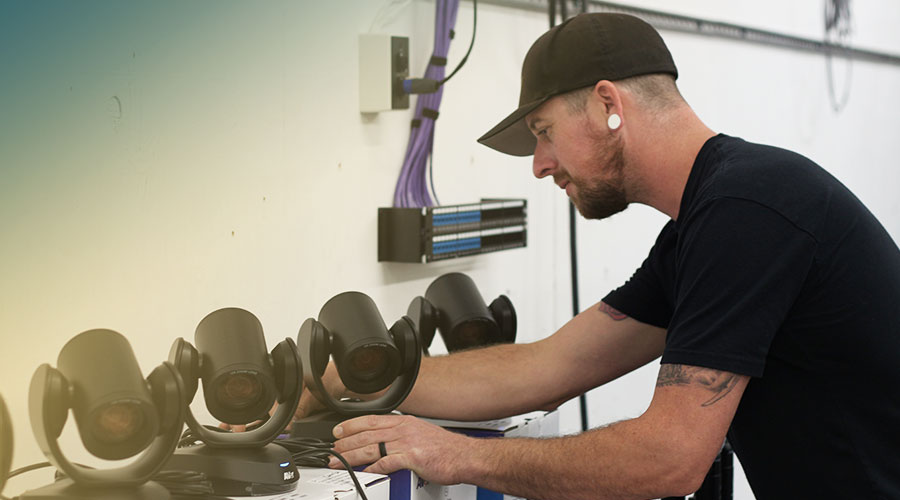
Positioning security cameras effectively effectively is essential for improving surveillance across various settings, such as residences, commercial properties, and community spaces. The main goal of surveillance systems is to discourage crime while also provide proof in instances of incidents. To achieve this, it becomes essential to take into account several elements, including surveillance camera location, field of vision, and the particular areas that need monitoring. By comprehending these elements, people and entities can create a thorough surveillance plan that maximizes the efficacy of their security solutions.
One of the first actions in positioning security cameras involves to identify critical areas that need monitoring. High-risk areas, such as entry points, exits, vehicle lots, as well as locations with valuable items, must be given priority. It is crucial to consider areas not visible, which may be areas that might not be seen from certain perspectives. By mapping out these key areas, surveillance personnel can guarantee that every corner remains monitored, minimizing the chances of criminal actions going unnoticed. Additionally, installing cameras at strategic locations can assist create a comprehensive perspective of the premises, enabling for improved overall surveillance coverage.
The field of a surveillance camera is another crucial factor to take into account. Different types of surveillance systems offer different ranges of view, that can influence how much space gets captured in the video. For instance, wide-angle systems can cover larger spaces, rendering them ideal for spacious areas, while pan-tilt-zoom cameras can be adjusted to concentrate on specific details. When placing cameras, it is important to select the right type based on the location being monitored. This ensures that the system can record clear footage and offer valuable information in the event of an occurrence.
Height and angle of installation also have a significant part in the efficacy of surveillance systems. Cameras should be mounted at a level that remains out of grasp of possible tampering but still allows for unobstructed viewing of identifying features and other identifying details. A typical suggestion is install cameras at least eight to 10 ft off the ground. Additionally, the angle at which the camera remains set can affect its capability to capture important details. Surveillance systems must be angled to minimize reflection and prevent blockages, ensuring that they can capture clear video at any times.
Finally, routine upkeep and improvements to the security camera is crucial for long-term effectiveness. This entails inspecting camera functionality, cleaning cctv camera installation for large properties lenses, and making sure that firmware is up to date. Frequent evaluations of the monitoring plan can help identify any additional areas not visible or areas that may need extra coverage. By staying vigilant and making necessary adjustments, individuals and entities can enhance their monitoring efficacy and guarantee that their surveillance systems continue to fulfill their designated purpose.